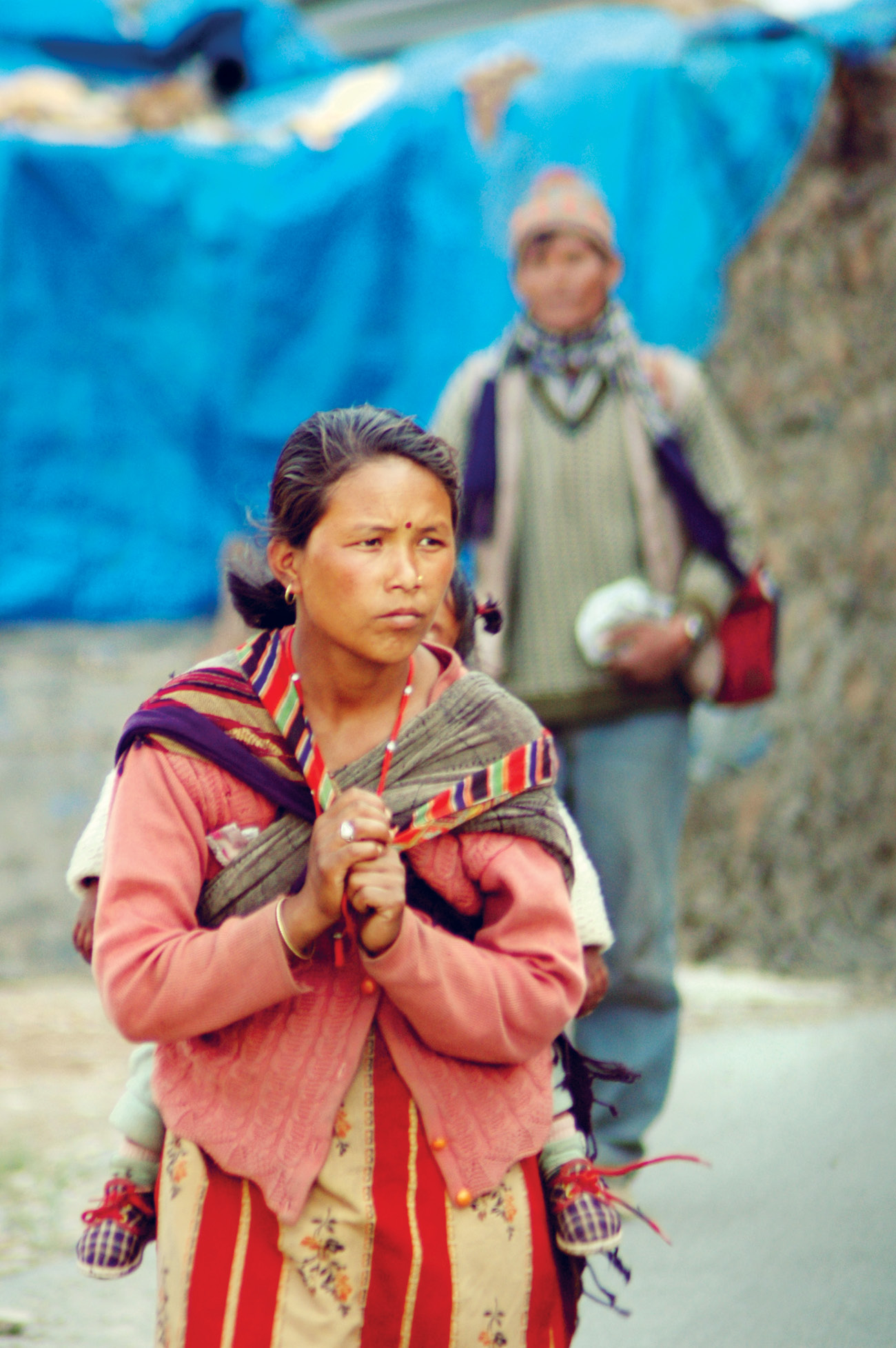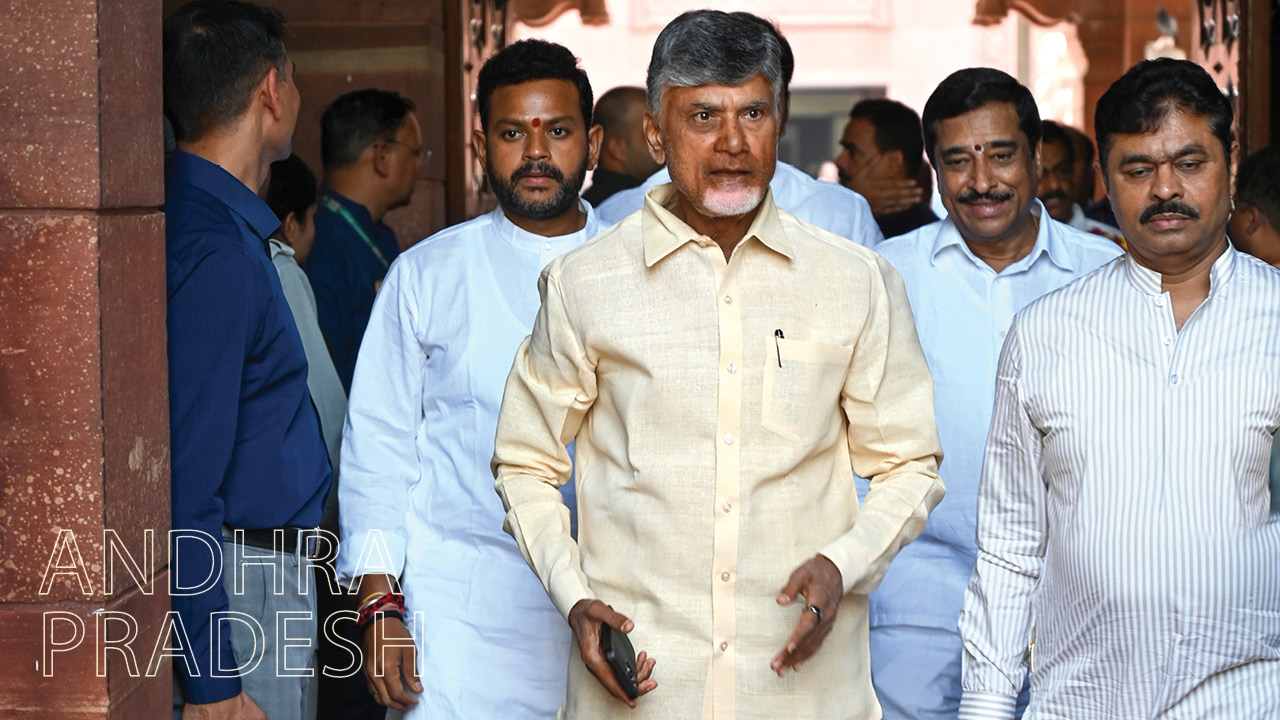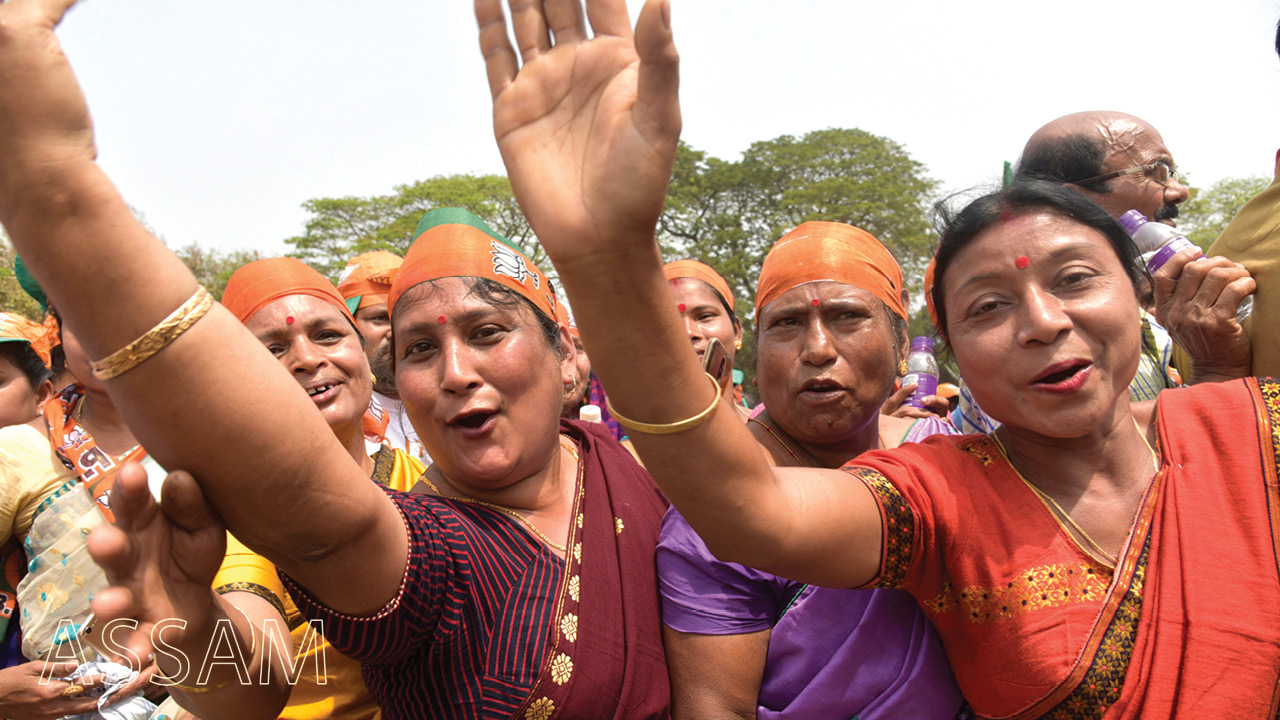Arunachal Pradesh’s development and governance performance in the SKOCH State of Governance Report 2024 offers a sobering yet instructive picture. Ranking at #26 nationally, the state finds itself near the bottom of the table, signaling both underperformance and untapped potential. With only two well-performing projects qualifying for deeper study, Arunachal Pradesh lags significantly behind peer states—not just in aggregate performance, but also in sectoral breadth and depth. In contrast, neighbouring states like Assam (#18) and other North-Eastern peers like Meghalaya and Mizoram have shown upward trajectories by adopting focused and well-executed sectoral programmes.
In terms of the six key indices used to measure state-level performance—State of Governance, e-Government Infrastructure Index, Finance, Government Transformation, Efficiency, and Development—Arunachal Pradesh consistently appears in the lowest quartile. In the SKOCH State of Governance Index, Arunachal ranks #26 with a very limited set of high-impact interventions. The SKOCH framework emphasises not just the number of projects but their scale, sustainability, and replicability. Arunachal’s lack of substantial engagement at the district and municipal levels, especially in crucial verticals such as Urban Development, Health, Education, or Digital Services, has kept its governance score low. To enter the top 10, the state needs either 50+ well-performing projects or multiple Gold and Platinum recognitions—targets that require systematic project generation and institutional capacity building.
In the SKOCH State of e-Government Infrastructure Index, Arunachal Pradesh ranks among the bottom five states, with one of the lowest e-Governance Development Index (EGDI) scores in India. The state’s weak internet penetration, limited citizen-facing digital services, and poor service coverage per capita inhibit both access and efficiency. Compared to Assam—which, while ranked mid-tier in EGDI, has implemented cutting-edge systems like Single Window Clearance, POSHAN dashboards, and DBT platforms—Arunachal Pradesh has barely scratched the surface of digital transformation. For e-Governance to flourish in Arunachal, foundational investments in connectivity, cloud infrastructure, and capacity-building for local officials are essential.
From a financial standpoint, Arunachal fares poorly in the SKOCH State of Financial Prudence Index, with a fiscal index score placing it again among the last five states. High debt-to-GSDP ratios (56.1%), negligible own-tax revenue (0.1% of GSDP), and weak non-tax revenue sources compound the state’s vulnerability. This is in stark contrast to states like Gujarat or Maharashtra that leverage strong tax bases and efficient capital outlay mechanisms. While Arunachal boasts high development expenditure as a percentage of GSDP—over 63%—this spending is largely funded through central assistance and grants-in-aid, raising questions about sustainability and financial autonomy.
The SKOCH State of Government Transformation Index, which evaluates a state’s ability to drive structural change by combining governance outcomes with digital enablers, places Arunachal at the lowest end. With minimal programmatic innovations and a nearly absent digital governance layer, the state falls short of leveraging technology for inclusive transformation. Compare this to Assam, where transformation is visible in projects like Spandana (grievance redressal), RSAT (automated GST return scrutiny), and e-LARRM (blockchain-based land records)—each demonstrating how targeted tech-led governance can be scaled across sectors.

Similarly, the SKOCH State of Government Efficiency Index, which is computed by combining the governance score with the financial score, reflects Arunachal’s dual deficiency in both execution and financial prudence. Unlike states such as Odisha and Andhra Pradesh that perform well on both counts and thereby achieve high efficiency scores, Arunachal’s fragmented project delivery and low fiscal efficiency drag down its overall performance. It scores poorly on parameters like capital outlay to GSDP ratio, pendency of budgeted funds, and timely service delivery—all of which are integral to the index’s construction.
The SKOCH State of Development Index, which is the culmination of Governance, e-Governance, and Finance indices, is perhaps the most holistic barometer of long-term growth. Arunachal Pradesh ranks at the very bottom (rank #27) on this index. The low composite score reflects not only current inefficiencies but also an absence of a systemic roadmap for inclusive development. In contrast, even relatively constrained states like Chhattisgarh and Jharkhand fare better due to greater institutional responsiveness and broader engagement with local governance reforms.
What’s particularly important is the comparison with Assam—a geographically proximate and socio-economically similar state—which has demonstrated that developmental strides are possible through project-driven governance. Assam’s performance in Rural Development (#2), Women & Child Development (#2), and Ease of Doing Business (#3) shows that targeted policies can yield national recognition. Projects such as the POSHAN SHIBIR have achieved a 63% reduction in malnutrition, and the CMAAA initiative has created 78,000 new self-employment opportunities. These outcomes were made possible through cross-sectoral integration, institutional collaboration, and active monitoring—elements conspicuously missing in Arunachal’s administrative strategy.
Arunachal Pradesh must urgently recalibrate its governance strategy. This requires the identification of flagship sectors—such as Tourism, Border Infrastructure, Renewable Energy, and Tribal Welfare—where the state has comparative advantages. Simultaneously, investing in e-Governance backbone infrastructure, improving tax administration, and enhancing district-level project pipelines can help the state graduate from being a peripheral player to an emergent performer. Learning from the successes of Assam and other NE states, Arunachal needs to adopt a more programmatic, technology-integrated, and institutionally responsive model to achieve sustained and inclusive development.



